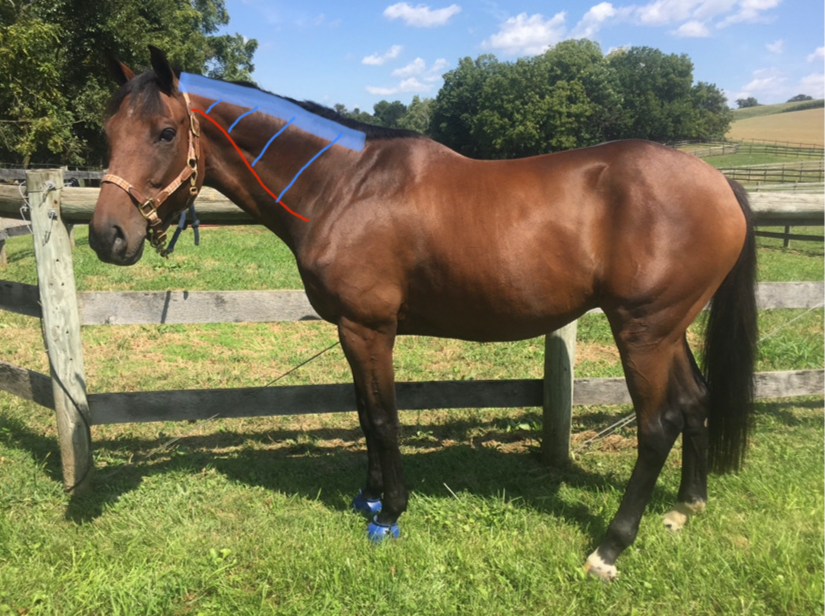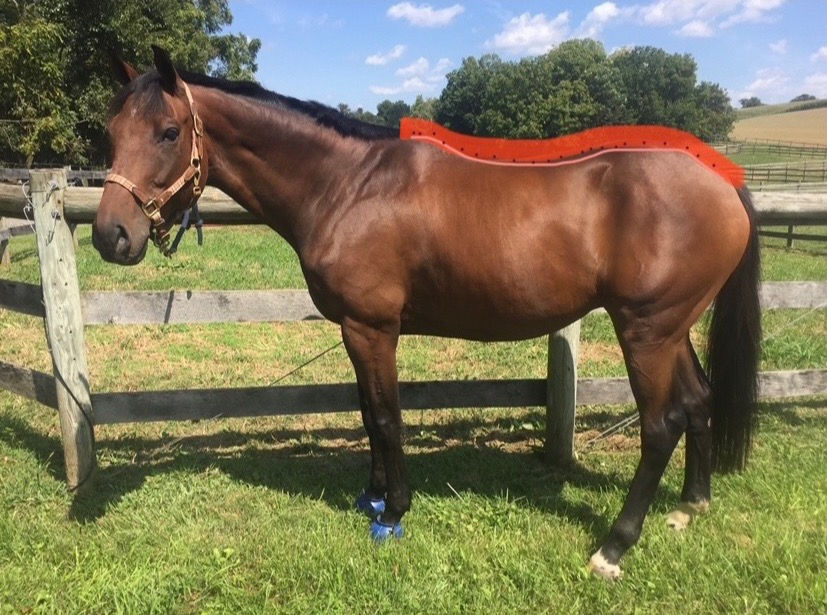Lets Talk T(opline) Part 1 of 3
- Olivia Lavender
- Jul 12, 2021
- 2 min read
We all talk about it. For some its a harder topic than others, a bit of a sore spot if you will. Its long. Its strong (hopefully). Sometimes its a bit bent out of shape- but occasionally, aren’t we all? Lets talk topline. You see it, you feel it, you occasionally sit on it. But what is it?
Back it up a bit and we will start from the beginning. The external occipital protuberance. Ten cent word over here, lets break it down. Websters defines this as having to do with the back of the head. So think about the back of your horse’s head, (that place you stare when your eyes are supposed to be up- where are my trainers at?) then think about what is a couple inches lower, but here is where what is on the inside that really matters. On the back of the skull is this handy bone to which the nuchal ligament is attached- the occipital bone. This bone is one of the main structures in the “poll”. Why the smarty quotes? Because. The “poll” isn’t a set specific structure made up of a single thing. In fact, it is a few things that work together to allow us to confidently use the layman term “poll”, as an accurate description for equine anatomy. It actually consists of cervical vertebrae 1&2, the atlas and the axis, (which creates the atloaxoid joint, that thing your horse uses to try to be cool and fling his head around in a circle) and the occipital bone (the back of the skull). Which brings us right back around to the beginning. This is where the top of the nuchal ligament is. Take a look at our stunning model Gunner. The nuchal ligament (in the wider blue)is the, well…ligament, that makes up the first portion in the equine topline. It is attached to the spine by yet more ligaments(thinner blue bands in photo). It is a key player in the function of how your horse uses, carries, and more importantly for both of you- balances themselves. Think if how a dog would use their tale to balance. Yes we are talking about opposite ends right now, but the point stands. In movement, the nuchal ligament carries the job of about one third of the work in moving the neck in the trot and canter, and does about half of the work when it comes to moving the neck at the walk. Has your horse ever decided he’s tired and just lays that giant noggin on your shoulder? Lets give our friend the nuchal some credit here folks. Thats a lot of weight!
Take a few minutes next time you are at the farm and watch your horse move freely. Whether that is in a round pen, on a lunge line, or running away from you because nope. Watch how they choose to move when they aren’t being told to put what foot where.
Do your carrot stretches, and Ta Ta for now!
***this image in not meant to represent an exact depiction of equine anatomy.


Comments